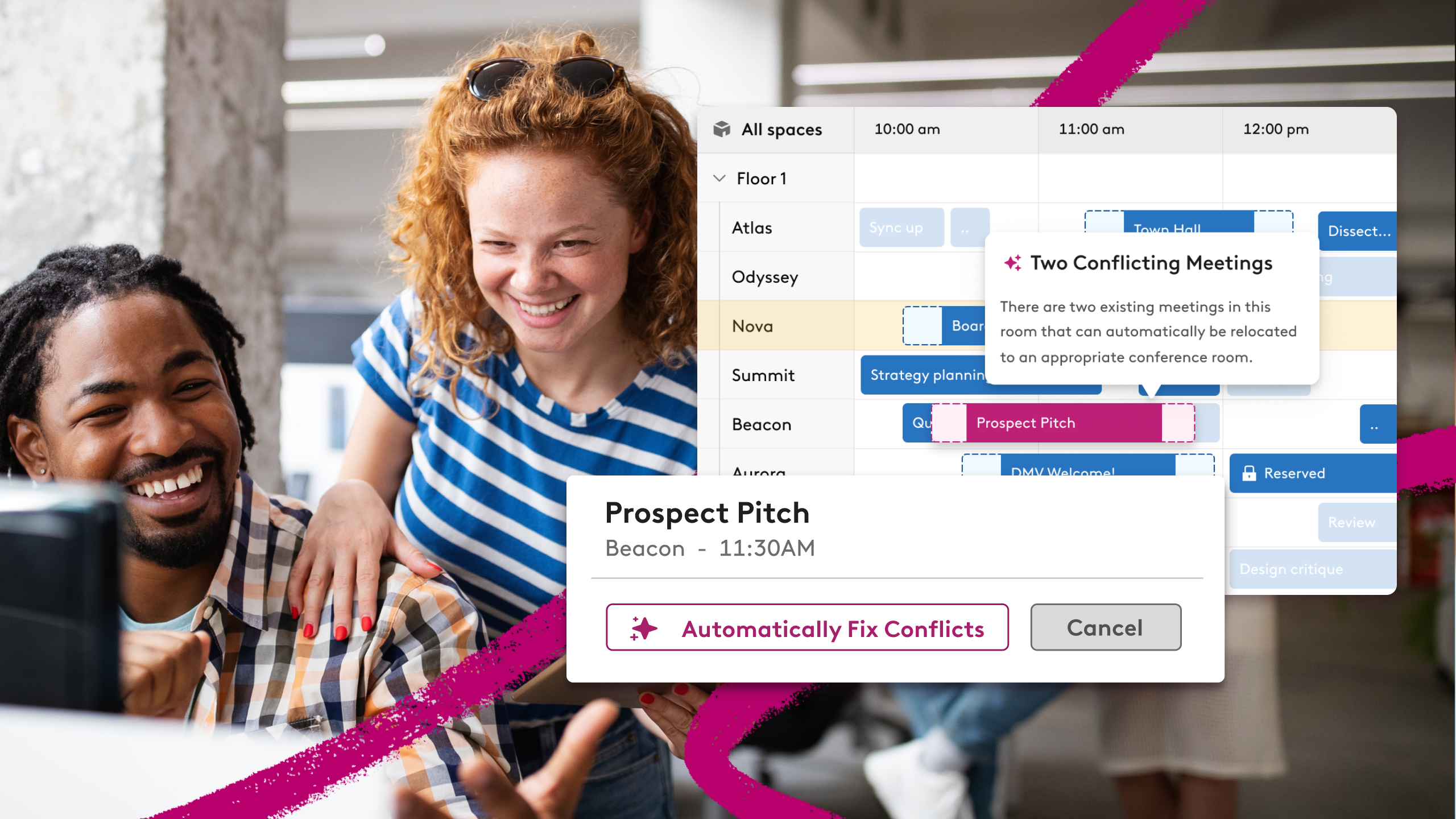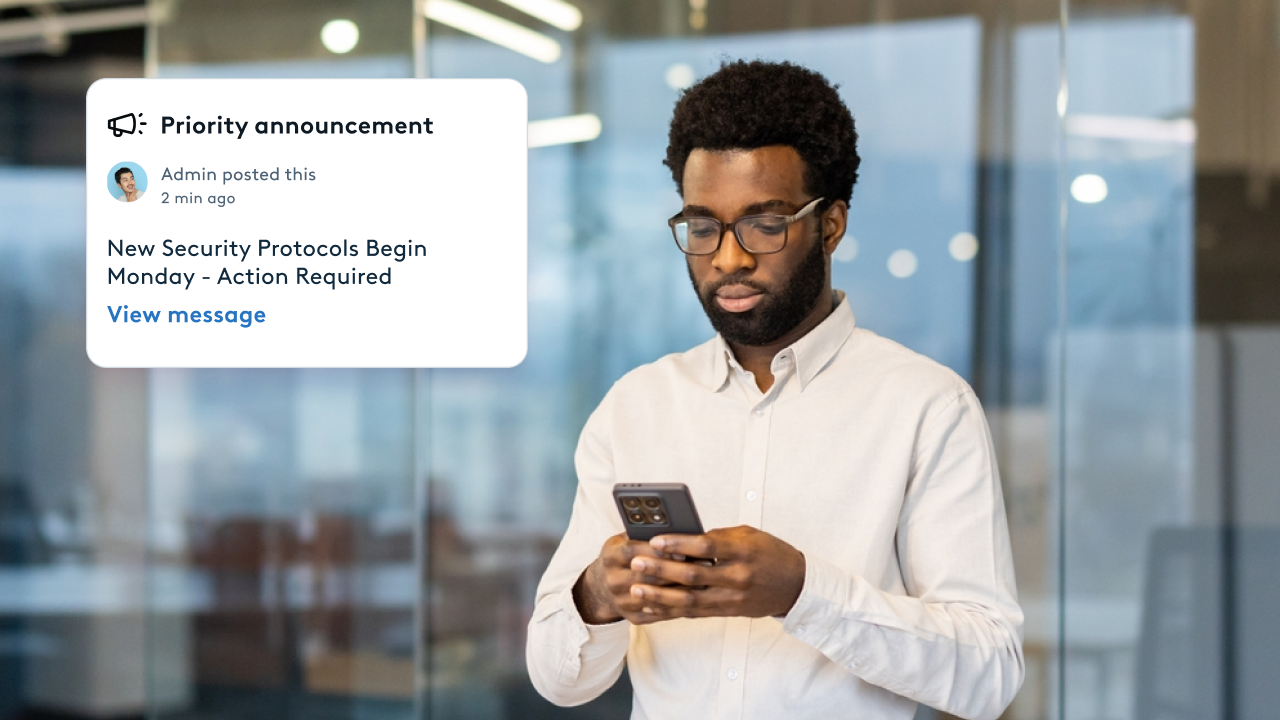AI is Coming for Your Remote Job

Two workplace megatrends are now interacting to create the present and future of work. The first is where people work. With work models such as remote and hybrid work, people have more flexibility than ever. Organizations are confronting unique challenges integrating hybrid and remote employees, including:
- Connection with company culture,
- Opportunities for promotion and mentoring
- Worsening mental health, including loneliness
The second megatrend is generative AI and its impact on how people work. We’re seeing AI starting to impact work in terms of displacing jobs, transforming existing roles, and creating entirely new professions.

The numbers don’t lie:
- A Goldman Sachs study found that generative AI will impact 300 million full-time jobs worldwide.
- An analysis by technology advisor Cognizant says that generative AI will “significantly change” 52% of all jobs by 2032.
- Many of these impacts will actually enhance people’s productivity: a new study of highly skilled workers finds that AI can improve worker performance by as much as 40% compared to workers who don’t leverage AI technology.
How then do these two megatrends, AI and flexible work models, combine to create the future of work? And what does that future look like for people and the workplace?
AI can improve worker performance by as much as 40% compared to workers who don’t leverage AI technology.
AI’s Impact on Remote Jobs
The top remote-only jobs are typically within functions such as finance, accounting, CSRs/customer service representatives, SDRs/sales development representatives, software developers, and graphic designers, according to data from job search engine FlexJobs.
When you look deeply at specific tasks within those top remote-only jobs (jobs are simply a bundle of tasks, after all), AI can now perform much of the work or escalate the more complex tasks to humans. If you overlay (1) the top remote-only jobs with (2) the tasks within those jobs that AI can perform (now or quite soon), there’s a ton of overlap. What does that mean for the futures of the people doing those remote-only jobs?
Generative AI will increasingly perform more of the routine, repetitive tasks that humans previously performed and humans will increasingly perform more of the creative, problem-solving aspects of work. People will work with AI, which will profoundly transform how work happens. A whopping 69% of 4700 CEOs in PwC’s 2024 Global CEOs Survey say “generative AI will require most of their workforce to develop new skills” over the next 3 years.

Humans + AI = The Future of Work
The creative aspects of jobs, the tasks that humans do best such as creative problem-solving in collaborative settings, are ironically becoming more important. And those tasks simply cannot be done well by robots or chatbots fueled by generative AI.
If you're a salesperson working remotely and 70% of your time at home is now spent entering data into Salesforce, then guess what? There are an increasing number of AI-fueled tools available that can automatically do that task – and do it more accurately than you can. If you want to optimize your time, either you make many more sales calls from home or you schedule more customer meetings in person, which is likely even better for your deal closing percentage. That’s how you bring AI together with hybrid work to enhance human productivity – AI can do what it does best and people are liberated to do what they do best.
If you scale this simple example across the spectrum of remote-only jobs, you’ll have more AI doing more routine tasks and fewer humans doing the higher-level, problem-solving tasks in a remote setting or in-person.

Remote-Only Hiring Reaches a New Low
Due to the combined impact of a diminishing global pandemic, the challenges of integrating remote-only employees into organizations, and the ongoing emergence of AI, remote-only job postings have now reached their lowest level in the last three years. That share peaked in January of 2022 at 20.7 percent, but has since declined to 9.1 percent as of August of 2023 and continues to decline, according to Linkedin job data.
But while remote-only job listings decrease, remote-only jobs won’t disappear completely.
As Lauren Hasson, senior vice president, workplace strategy at commercial real estate firm JLL, explains it: “Just because fully remote hiring is tapering off doesn't mean everybody's going back to the office five days a week. Hybrid and flexible work are here to stay because they enable organizations to offer their employees more choice and control, letting them bring people together to build relationships and increase opportunities for learning, mentoring, and development.”

AI and Hybrid Work
We know that people hate the commute and enjoy the flexibility of working from home when they need to.
But as I’ve explained, work itself is changing and those changes ultimately make the office more attractive and essential as a locus for work. The routine and repetitive work, work where you can put your head down and grind it out, is increasingly getting performed by AI. So if you have a white-collar, administrative job and there’s no need for you to go into the office to collaborate in person with colleagues or customers, where you don’t need any mentoring or coaching, you might not actually have that job for long.
Stanford Professor Nick Bloom, perhaps the leading researcher on today’s changing workplace, says that “if you have a job where you don't come into the office at least once a month, you're not going to have that job in a couple years.” The irony of AI, and the opportunity too, is that it’s making the human elements of work even more valuable.
What’s Human is Now What’s Most Important
What's going to matter most in the future of work is building human relationships based on trust, because we’re going to be so overwhelmed by a tsunami of AI-generated information. The existential questions will then become: what information can I trust and what sources can I rely upon? How do I differentiate what’s real from what's fake?
A recent Washington Post article on the growth of “fake news” explained that “AI is making it easy for nearly anyone — whether they are part of a spy agency or just a teenager in their basement — to create [news] outlets, producing content that is at times hard to differentiate from real news.”
For example, I received an email a few months ago from someone I had met in person half a dozen times before. It sounded like a very personal email except for the end, when it said “I'd love to meet you, so let's set something up soon.” I thought to myself, “What! You're using a bot to engage with me when you’ve already met me several times?!” I ultimately didn’t respond to the email because I felt like my trust had been slightly betrayed.
What happens face-to-face among humans, is what will matter most, not “bot engagement.” The type of work humans do will increasingly be done in person and likely in the workplace. If you’re a sales professional, for example, taking a prospect out for lunch will be far more valuable than having your chatbot send them “personalized” emails. The positive side of AI is that it can actually liberate people from the routine, monotonous work and free up their limited time to do the most human and valuable work.
Hybrid Work as “The Sweet Spot”
As work becomes more human, and as remote-only jobs increasingly dwindle in number, people want the flexibility of working a hybrid schedule, with some days at home and some days in the office. Hybrid work sits in that sweet spot between giving people the flexibility to integrate their work-life with the increasing importance of doing collaborative, creative work in the office.
I see this with our software engineers at Robin. Historically, about 80% of the work a software engineer does requires putting your head down and grinding out code. The other 20% is time collaborating at the whiteboard, working as a team to figure out how to solve user problems, and then prioritizing what we’re doing, when, and how we measure success. Well, that 80% of heads-down work can increasingly be done by a growing variety of automated tools. It’s the strategic, problem-solving, and collaborative work that now adds the most value.

The Fast Pace of AI-Fueled Change Will Continue
Change is happening so fast today. People are understandably anxious about becoming obsolete – a recent Gallup poll of U.S. workers found that nearly one in four (22%) fear that advancing technologies will soon make their jobs obsolete.
White collar professionals are now the people most impacted by the spread of generative AI, which can be very scary. But many of the changes spurred by AI are positive ones. Like it or not, AI will not be going away anytime soon (quite the opposite). Putting our collective heads in the sand is not a viable strategy for any individual or organization.
What’s the opportunity of AI? It can help us work in a more human way by eliminating the routine, monotonous tasks and enabling us to focus more of our limited time on adding value through creative thinking and strengthening human relationships.
Change is disruptive, but represents an opportunity to do things better. That’s certainly true of AI and the profound impacts it’s having on how and where people work.













